“We are Born By the River: Collaborative Notes of Millennium River Basin Culture” is a historical inquiry that implicitly points to the origin — “Where do we come from?” By looking back at the 400 years since the Dutch arrived at Anping, Tainan in 1624, it re-examines the foundation of Taiwan’s historical writing and compilation. The exhibition title uses “river” as a response. On one hand, it not only inherits the “regional” thinking that opposes taking land as the stage of history—that is, fixation and stability—and turns to the dynamic perspective of “basin,” which maintains fluidity and openness, both converging inwardly and extending outwardly. On the other hand, following this line of thinking, it further delves into the aquatic pulsations of Fucheng (Tainan), unfolding a sneaking basin exploration beneath the city’s surface. This entangled network of water veins not only responds to the ecological interaction between humans and nature initiated by the Age of Exploration but also allows the hydrological landscape to slowly emerge with the accumulation of four hundred years of time texture during the development process.
For the people of Tainan, this legend may not be unfamiliar. Legend has it that a large carp from the celestial pond in the heavenly realm was banished to the mortal world for accidentally eating the divine peaches. Since then, it has been lurking in the waters around Tainan. It lies in the depths of the waters, with its head submerged in Anping and its back extending towards Wanli. Across the Taijiang, it silently gazes at the Chihkan Tower on the opposite shore, where a phoenix with outspread wings resides. It is said that when the Dutch built Fort Zeelandia in 1624, they deliberately chose the location on the head of the phoenix to ensure its eternal presence. These legends not only highlight the critical role of waterways in shaping Tainan’s geography but also how they transform the landscape into animal forms, carrying narratives of economic colonization and commercial trade that have swirled around since the Age of Exploration.
Lurking beneath the water, the Kun fish seems to possess a pair of photographic eyes gazing at Fucheng (Tainan). It has witnessed the trading history of the Phoenix City during the Age of Exploration, the changes in the ecological landscape, and the transformation of the cultural and social aspects. The sub-exhibition “Gaze at Kunshen” aims to continue this profound gaze imbued with historical consciousness. It is based on the “Sneaking Photography Project” from the “2022 Mattauw Earth Triennial—One Thousand Names of Zengwen River” and retains its expansive concept. Starting from the Zengwen River basin, it gradually extends along the tributaries to water bodies, river channels, and reservoirs. Secondly, it records the free figures engaging in inner dialogues with water and the earth during folk customs and religious celebrations. Then, in the cultural landscapes of cities, villages, and mountains, it collects fragmented scenes that reflect the afterglow of the Fucheng. Finally, this gaze turns towards those vivid figures belonging to different communities and living situations, using their bodies as vessels of time.
This perspective of gaze begins with the diverse religious rituals in the “Realm of Divinity,” delves into the comprehensive land/sea/air geographical observations in the “River Domain,” arrives at the “Faces of the Common People” that transform all external geographies into inner spiritual life scenes, passes through the seemingly ordinary yet unfamiliar “Human Realm” in urban spaces, and finally re-explores the lifelines that determine the cultural development of the Fucheng—Fu An Keng Creek and Deqing Creek—in the “Traces of the Two Rivers.” The aerial images circling the transparent windows of the Tainan Art Museum gaze at the profound eyes of Kunshen. Through the switching and movement of these two photographic viewpoints originating from different regions, the cultural development of Tainan over the past 400 years unfolds.
— SHEN Chao-liang & SHEN Yu-rung, curator and co-curator of photography project
Realm of Divinity
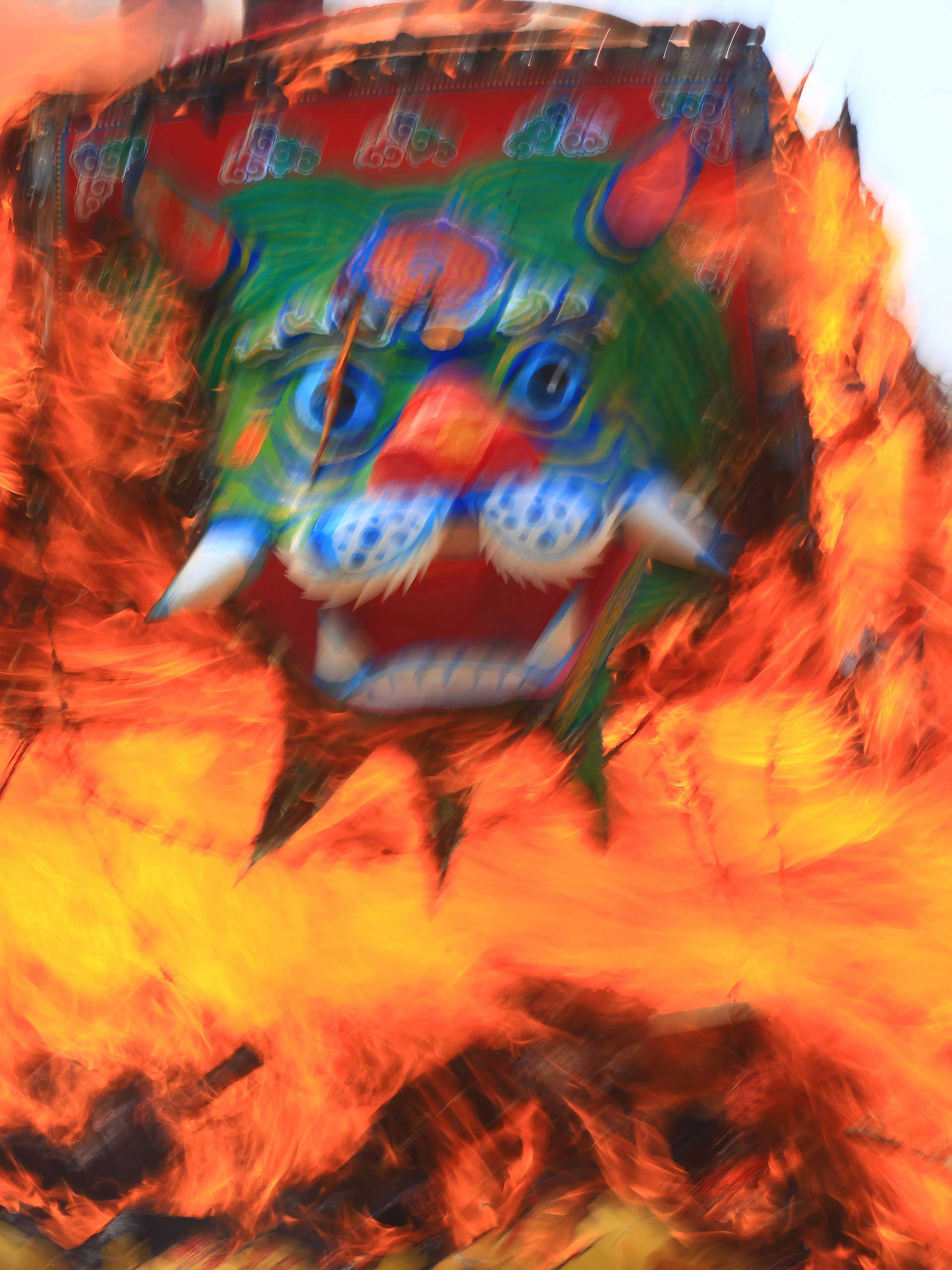
Dragon King Boat and Kiln for Firing-Blending Water and Fire, Combining Humans with Heaven
Farewell to God of Jintang Temple in Jiali, 2014, YANG Jin-huang
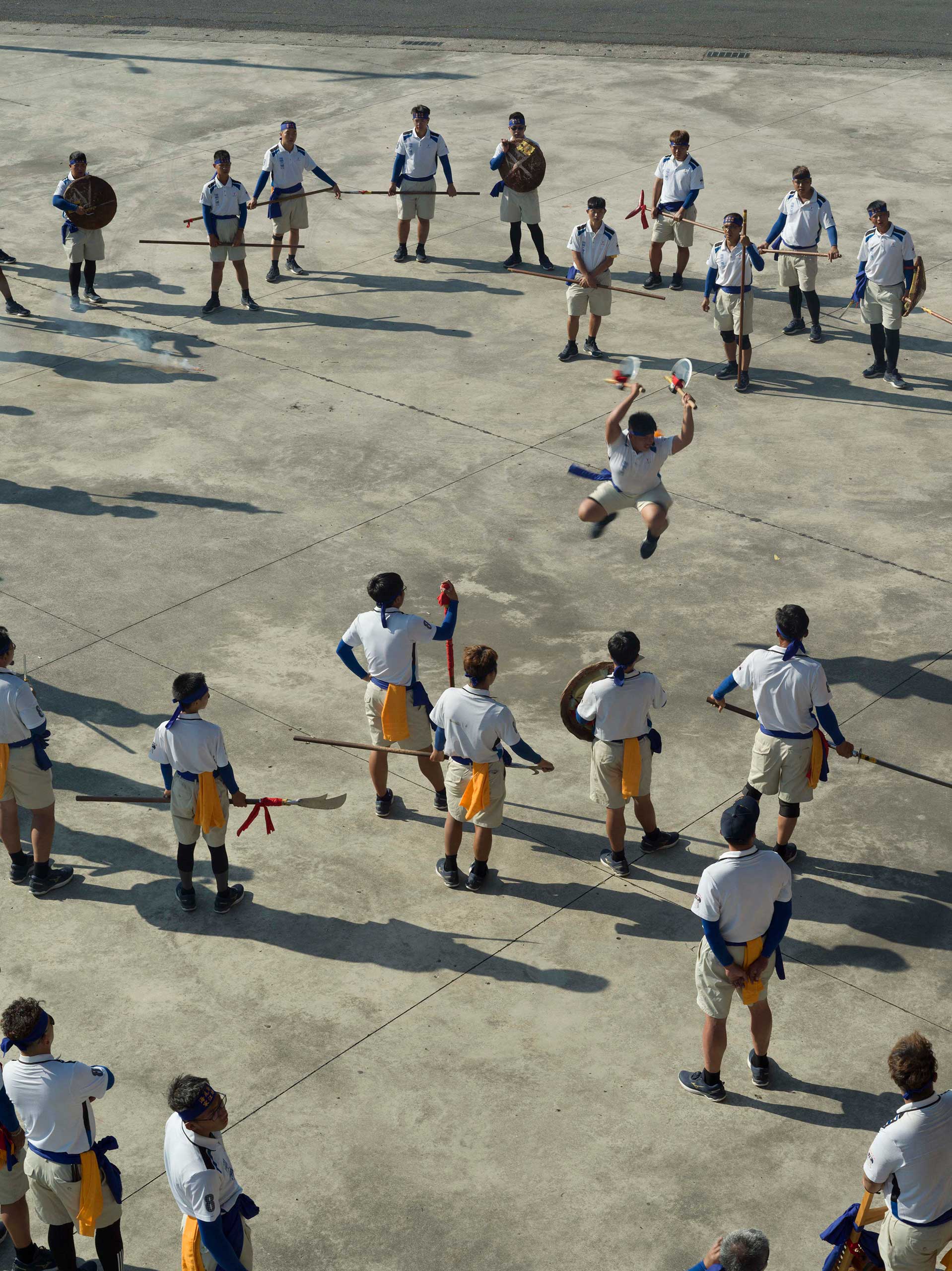
Undercurrent
Qigu, 2021, LEE Yeh-lin
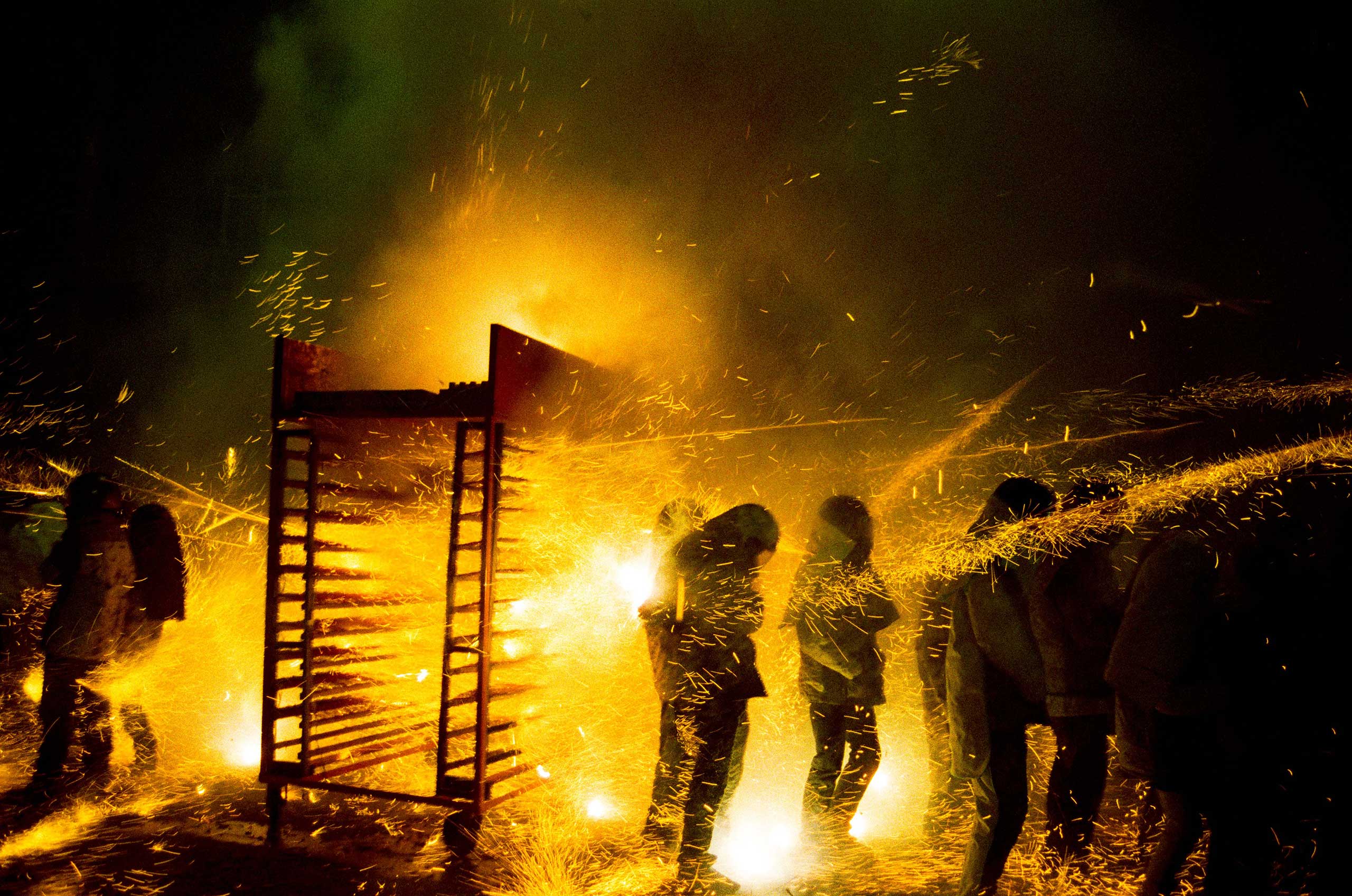
The Shinning night tour
Yanshuei, 2019, HSUEH Ying-chi
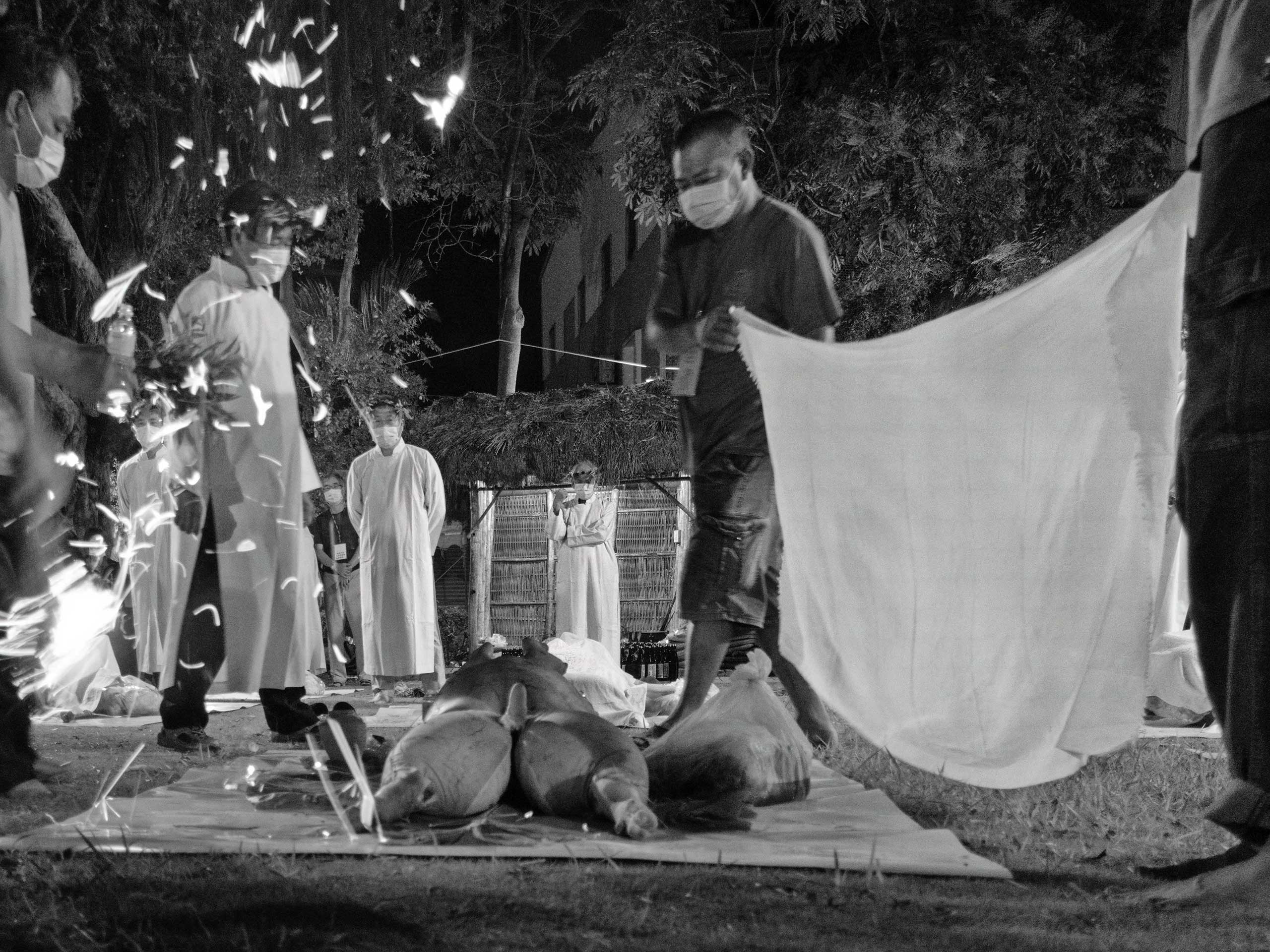
Inspiration, Flow, Siraya
Pataran, 2021, LIN Wen-chiang
River Domain
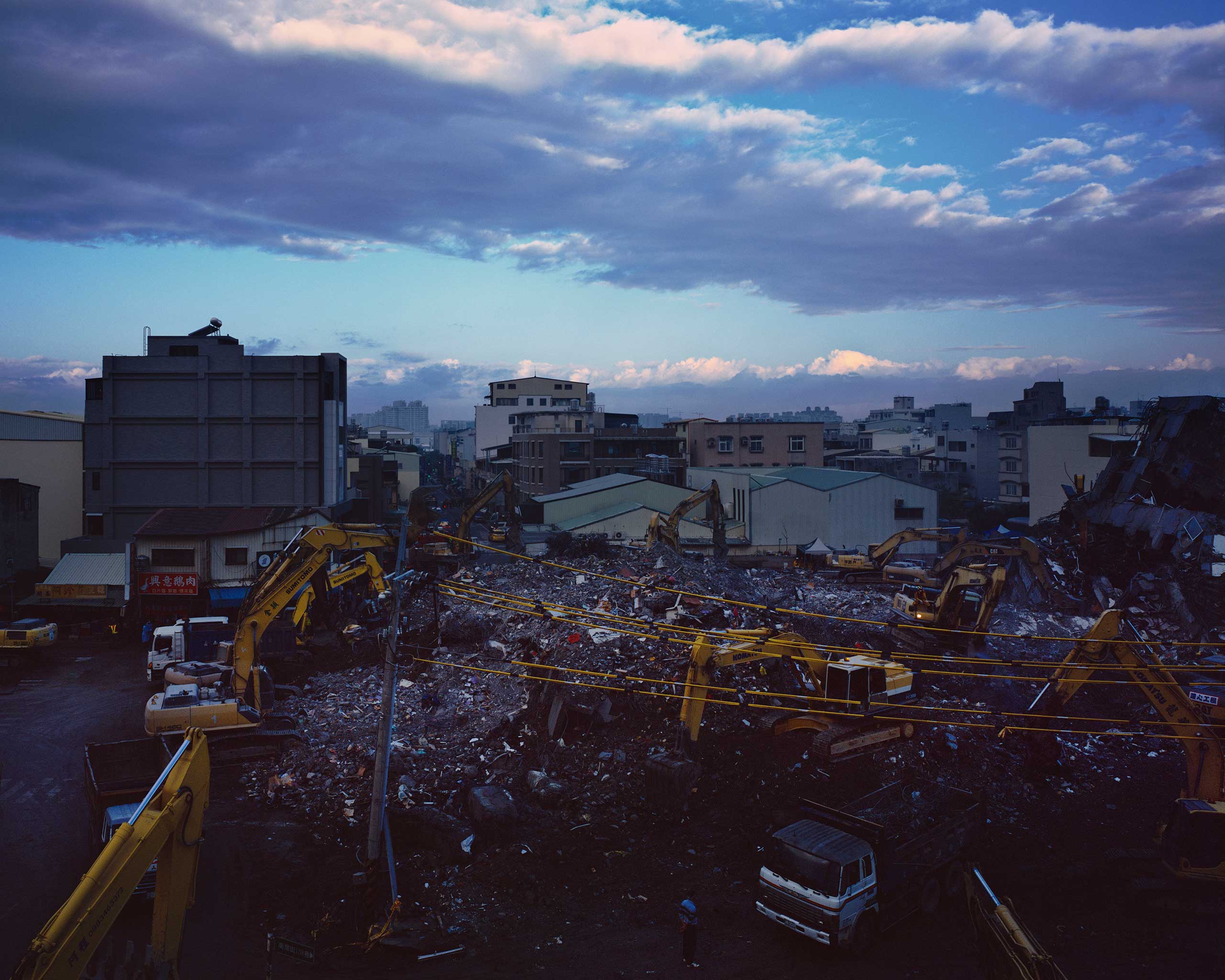
Drifting
Yongkang, 2016, SHEN Chao-liang
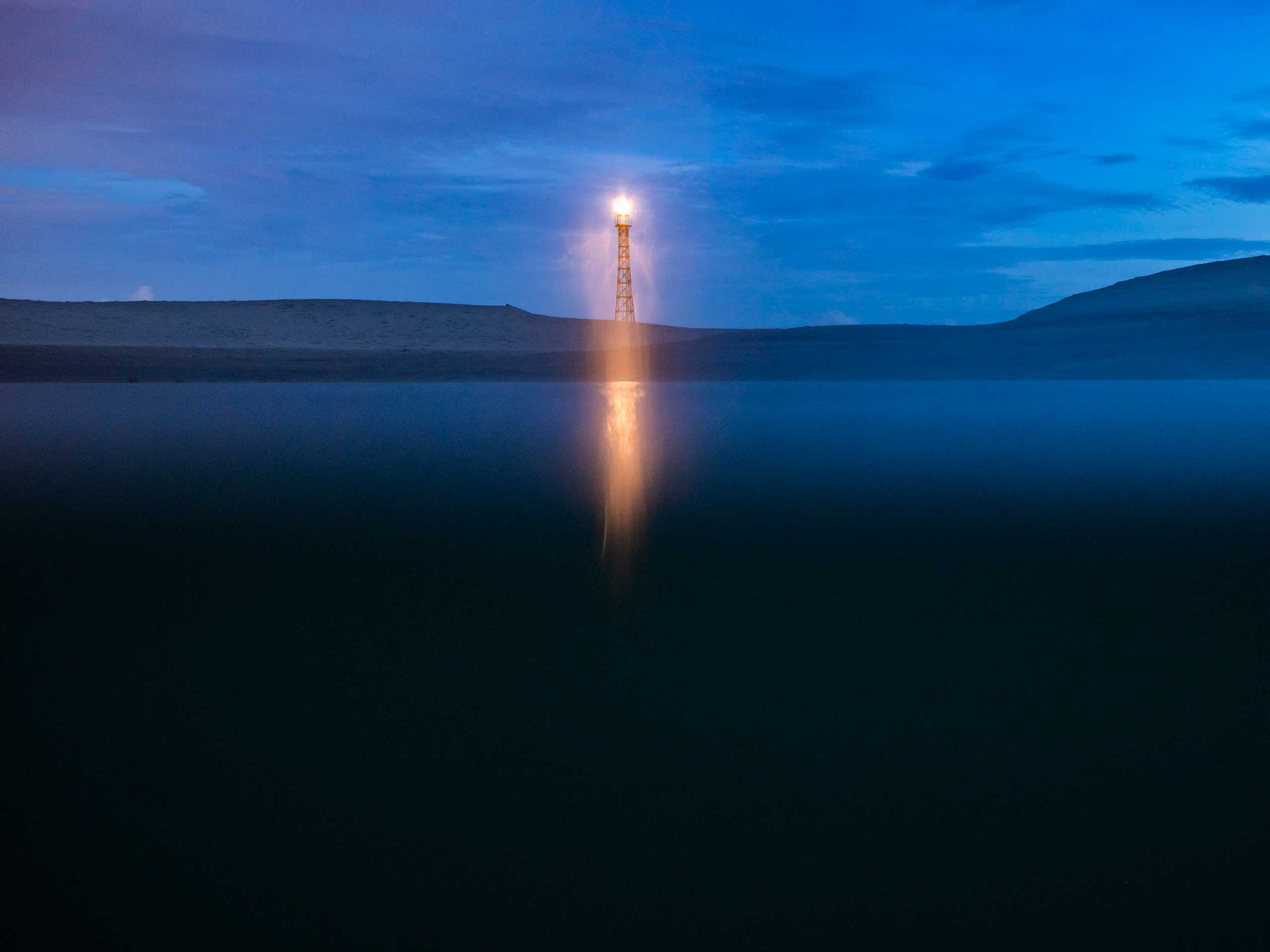
Go with the Flow
Guosheng Lighthouse at Night on the Shore in Qigu, 2021, WANG Wen-yen
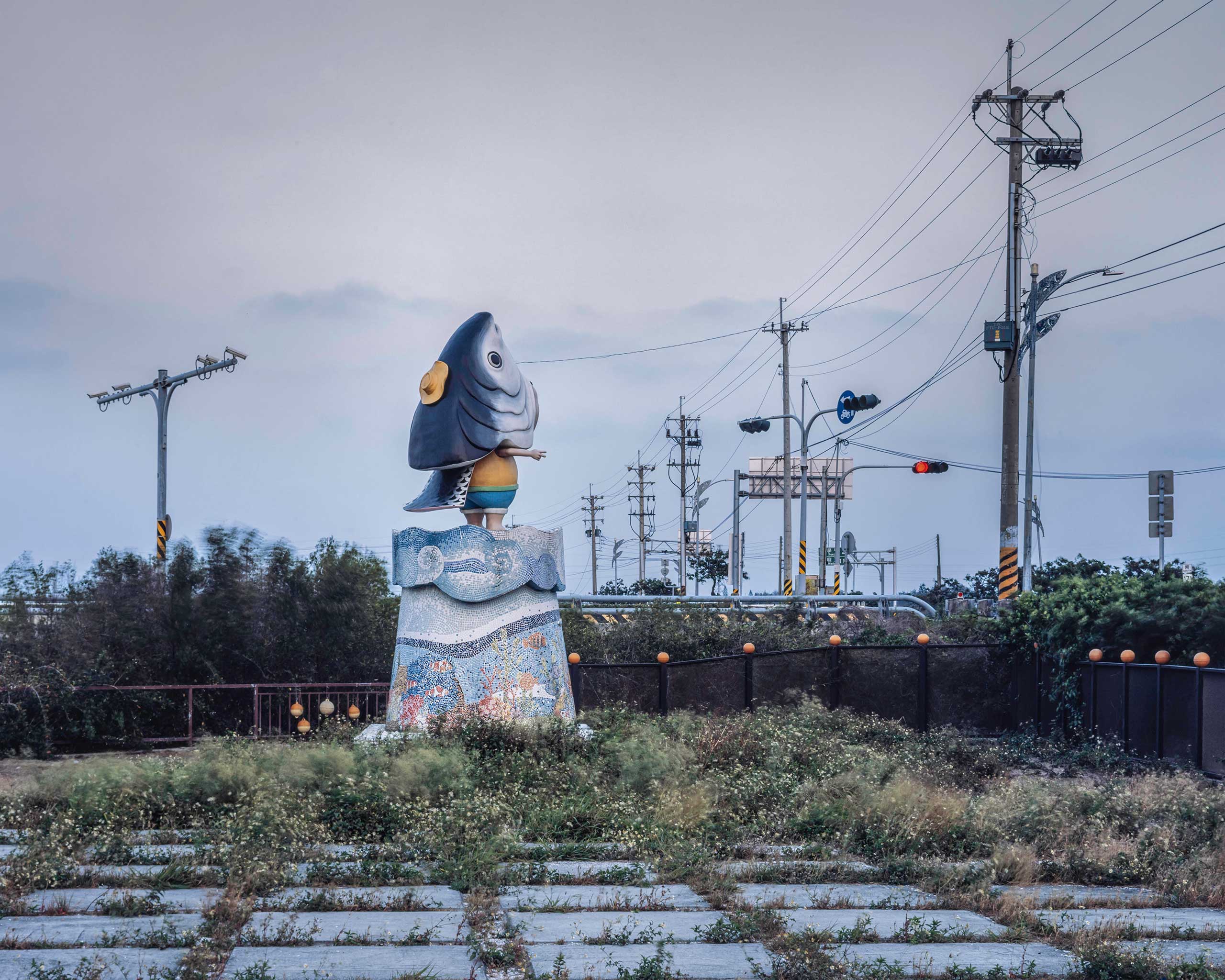
Entrance Images
Milkfish Guy in Beimen, 2021, HUANG Yu-hsiu
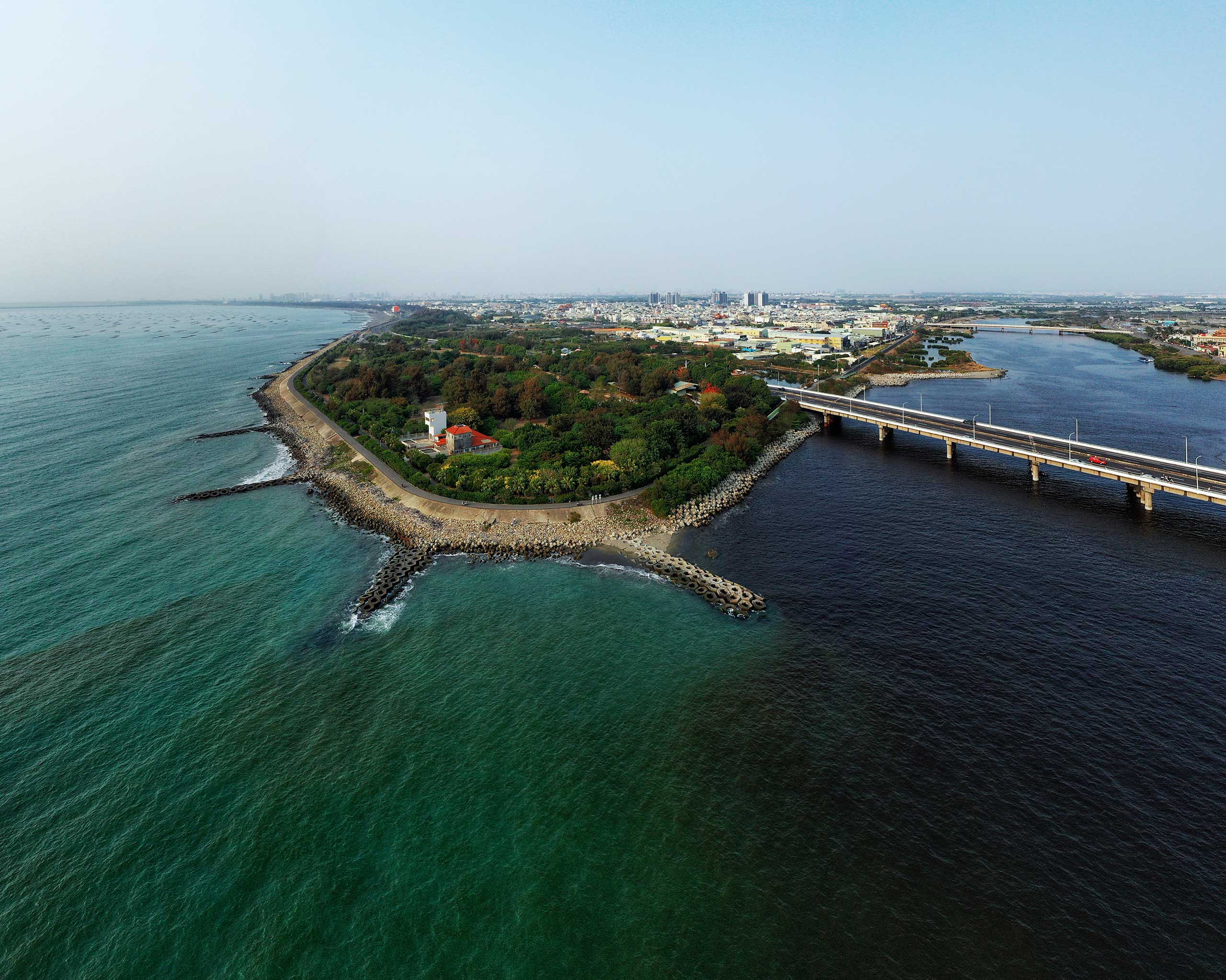
Roaming
Erren River outlet, 2021, LIN Wei-yen
Faces of the Common People
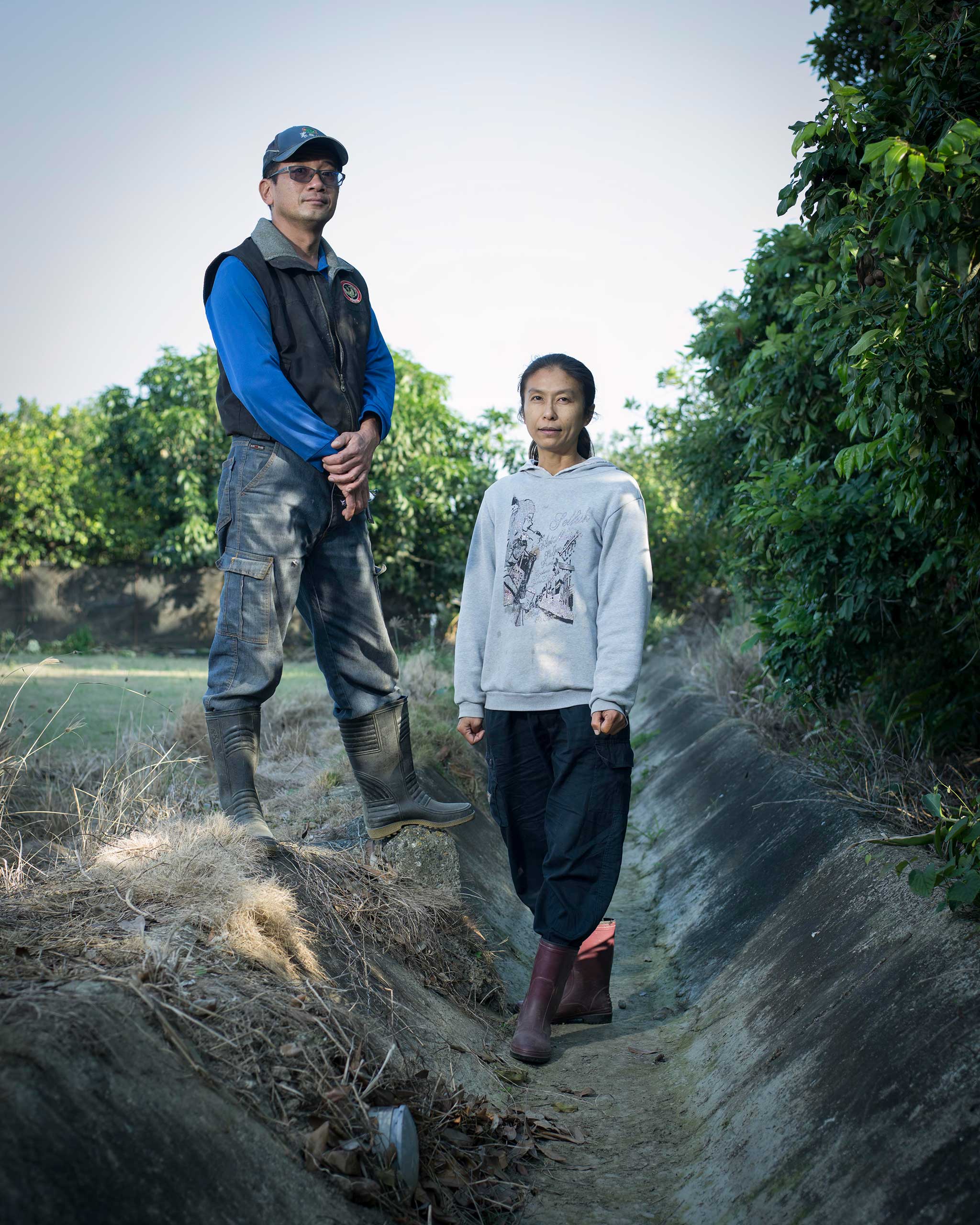
Handling Water Workers
WU Wei-chang and LI Zhi-ting, handling water for 4 Years in Madou, 2022, CHEN Chung-i
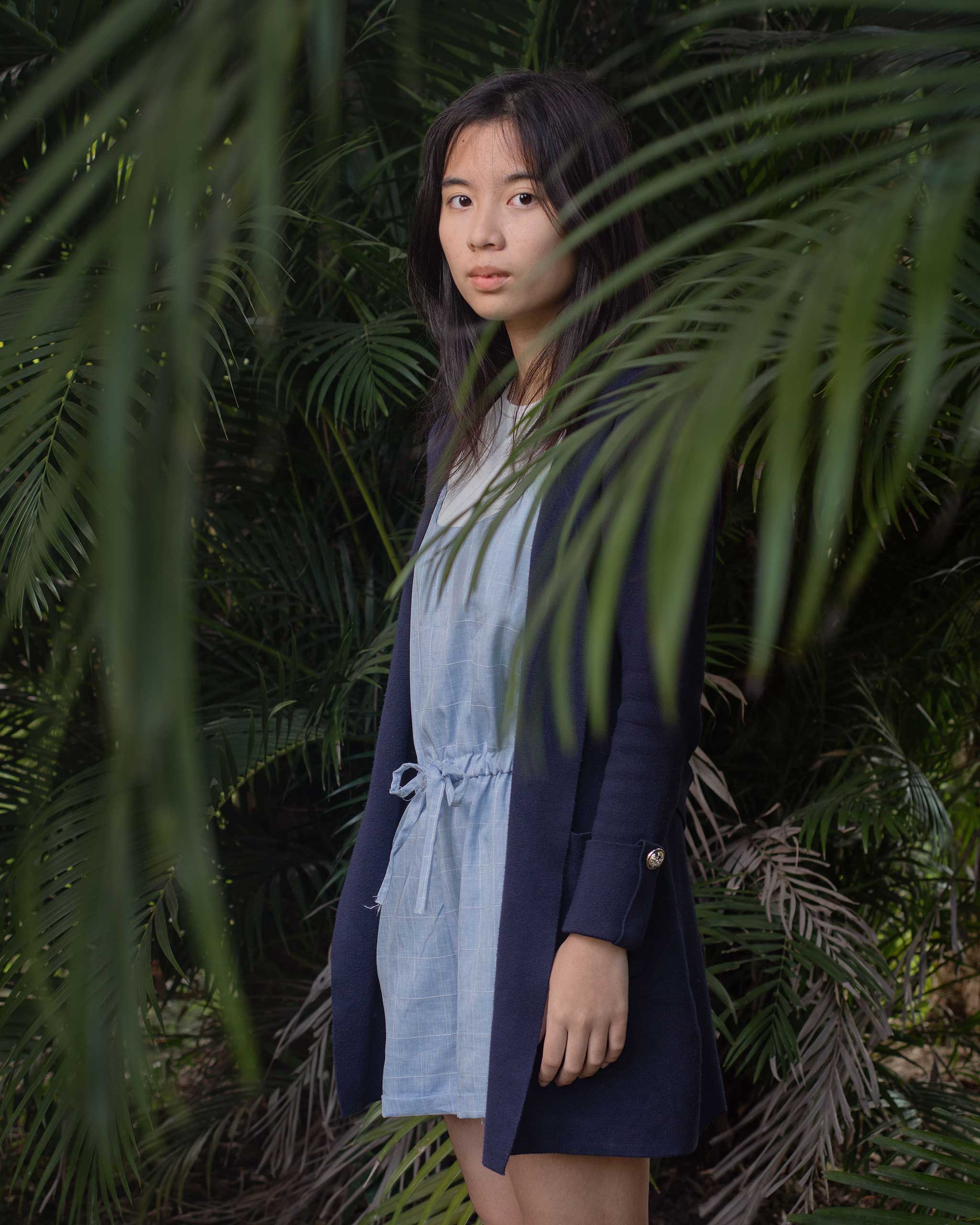
Park Portraits
ppm hyh99, Madou, 2020, Kim Oksun
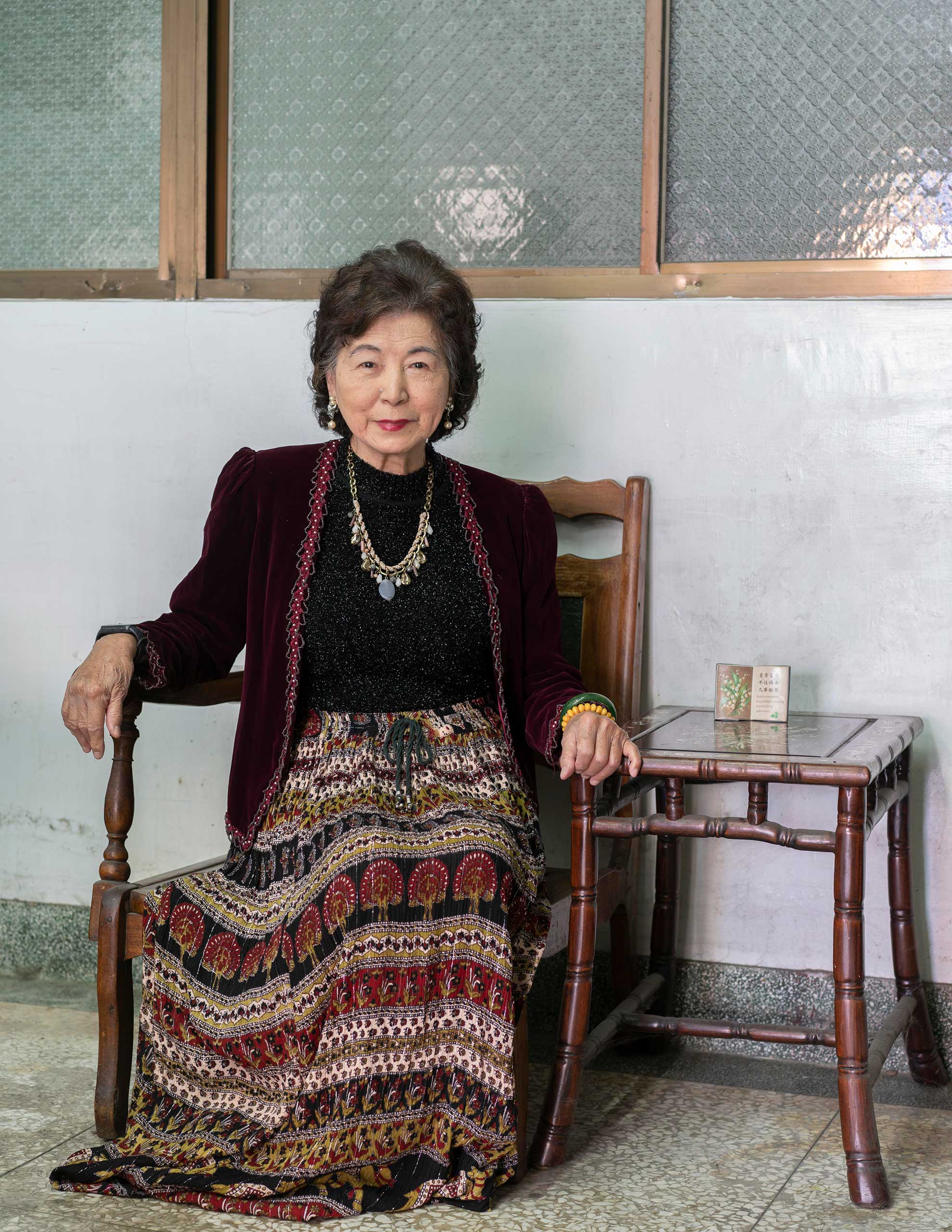
Zant River
Female Boss of Paint Shop, West Central Dist., 2021, OU Chia-cheng

The Encountering of the Cultural Faces
YE Shih-tao, Wu Temple, West Central Dist., 1998, LIN Bo-liang
Human Realm
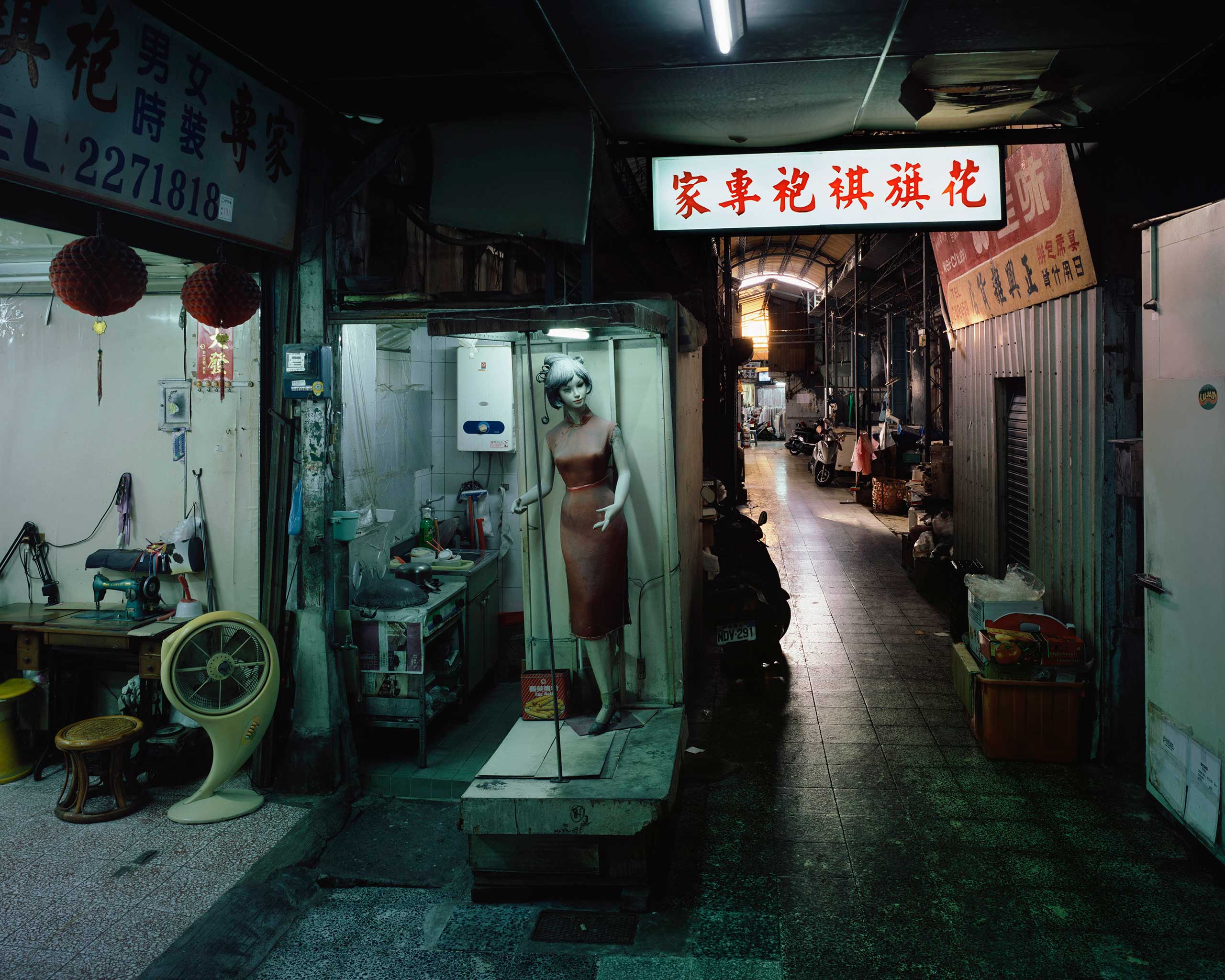
Drifting
West Central Dist., 2023, SHEN Chao-liang
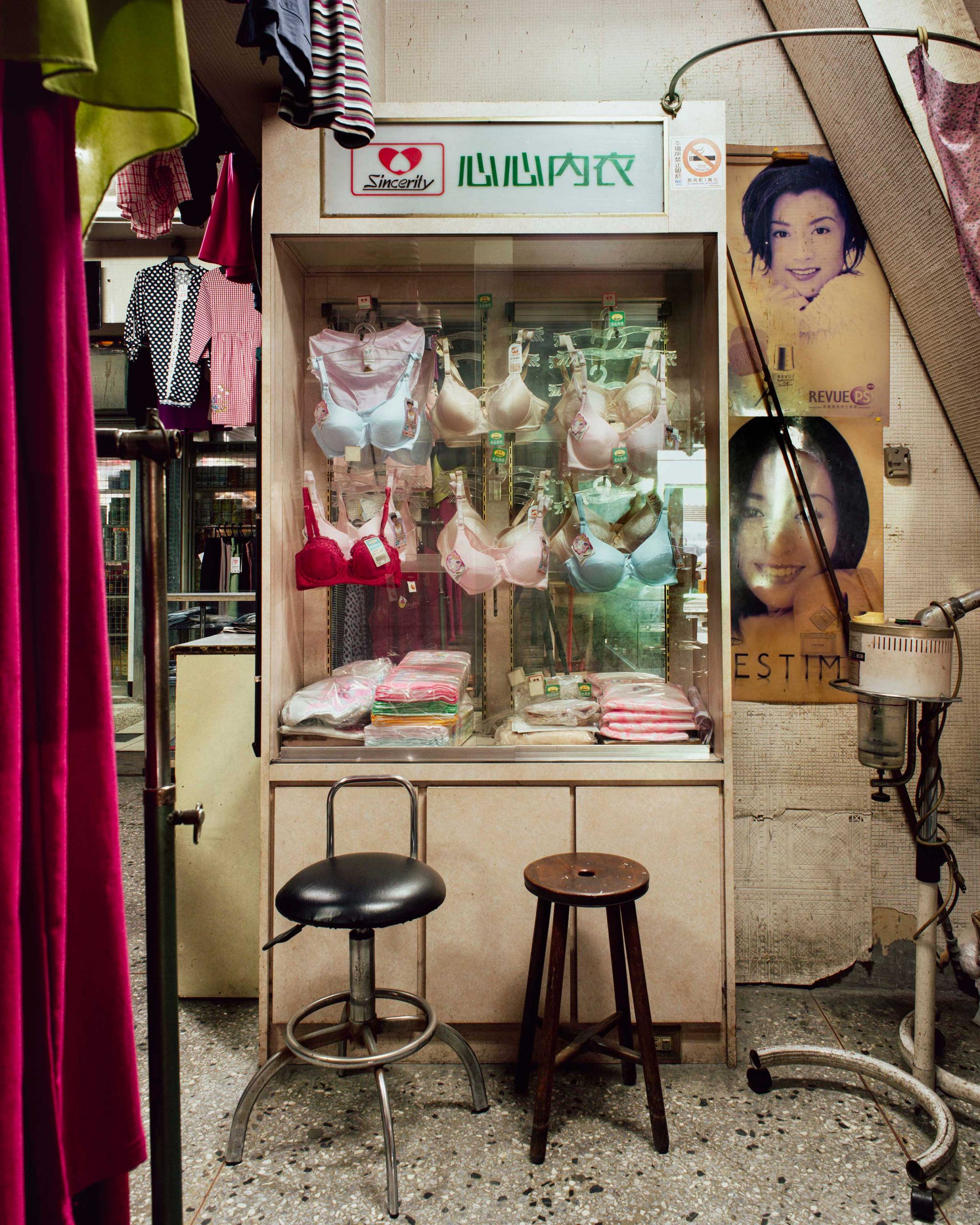
I Caught the Time Machine to Zengwen River at Local Community
Lingerie Store, Shirakawa Market, 2021, PENG Yi-hang

Pigeon, Pigeon Ling, and The Folk Activity
Xuejia Dist., 2024, LEE Li-chung

Daily Life, Fragments
West Central Dist., 2023, LEE Ya-yen
Traces of the Two Rivers
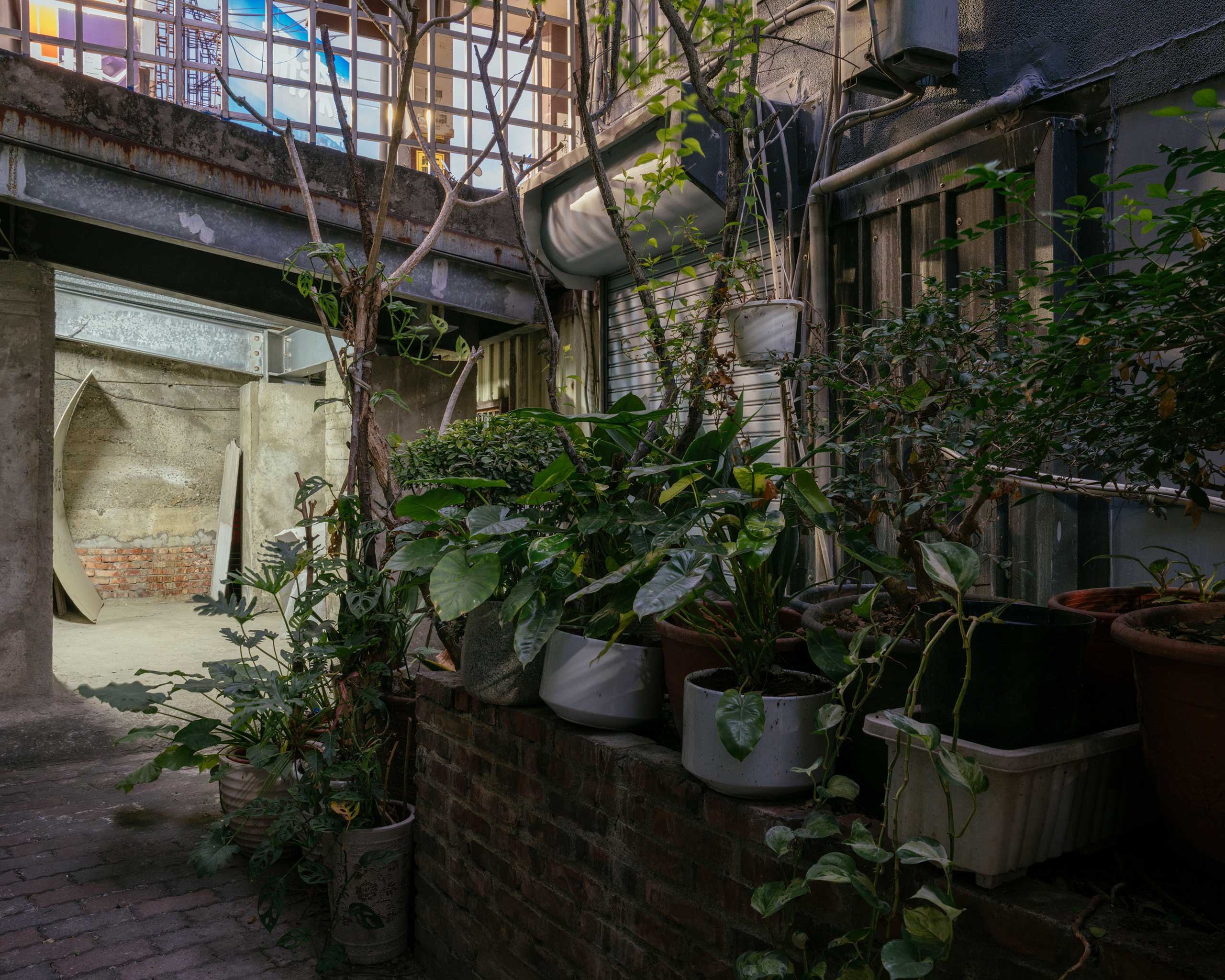
Deqing Creek
The Remains of Bo'ai Bridge, Beimen Rd., West Central Dist., 2024, TANG Yi-choon
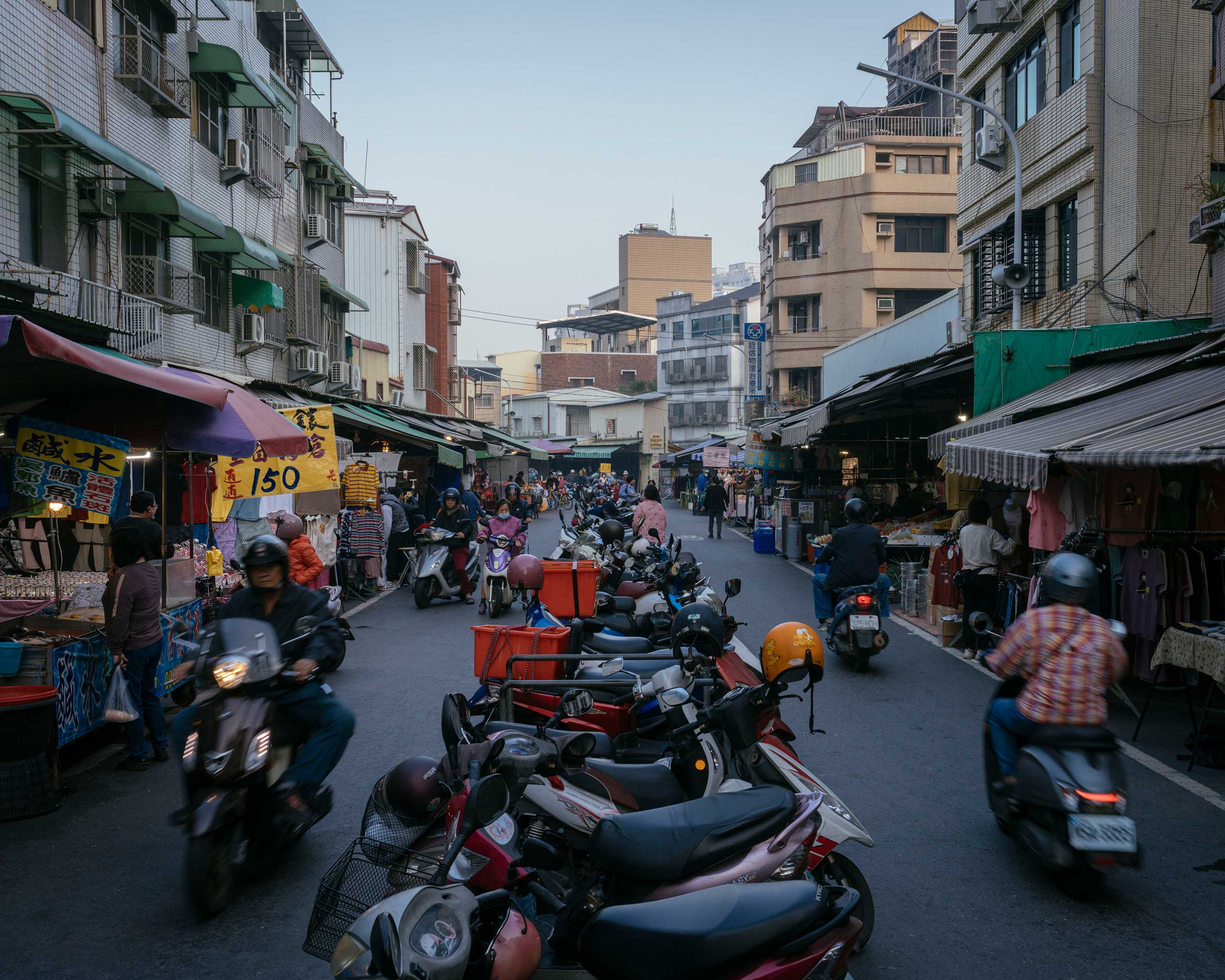
Deqing Creek
Yamuliao Traditional Market, North Dist., 2024, TANG Yi-choon
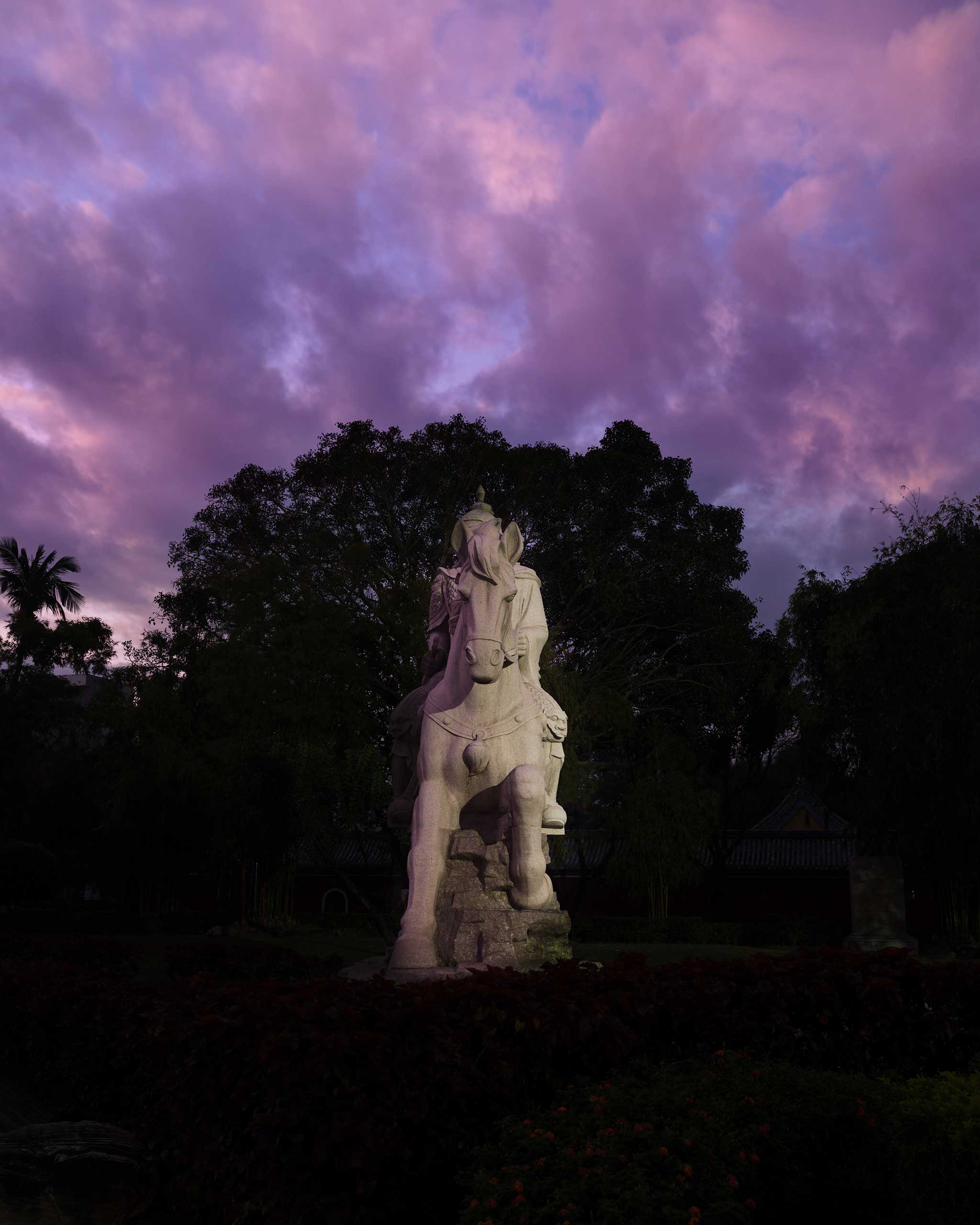
Fu An Keng Creek
Koxinga Shrine, West Central Dist., 2024, CHEN Yan-cheng
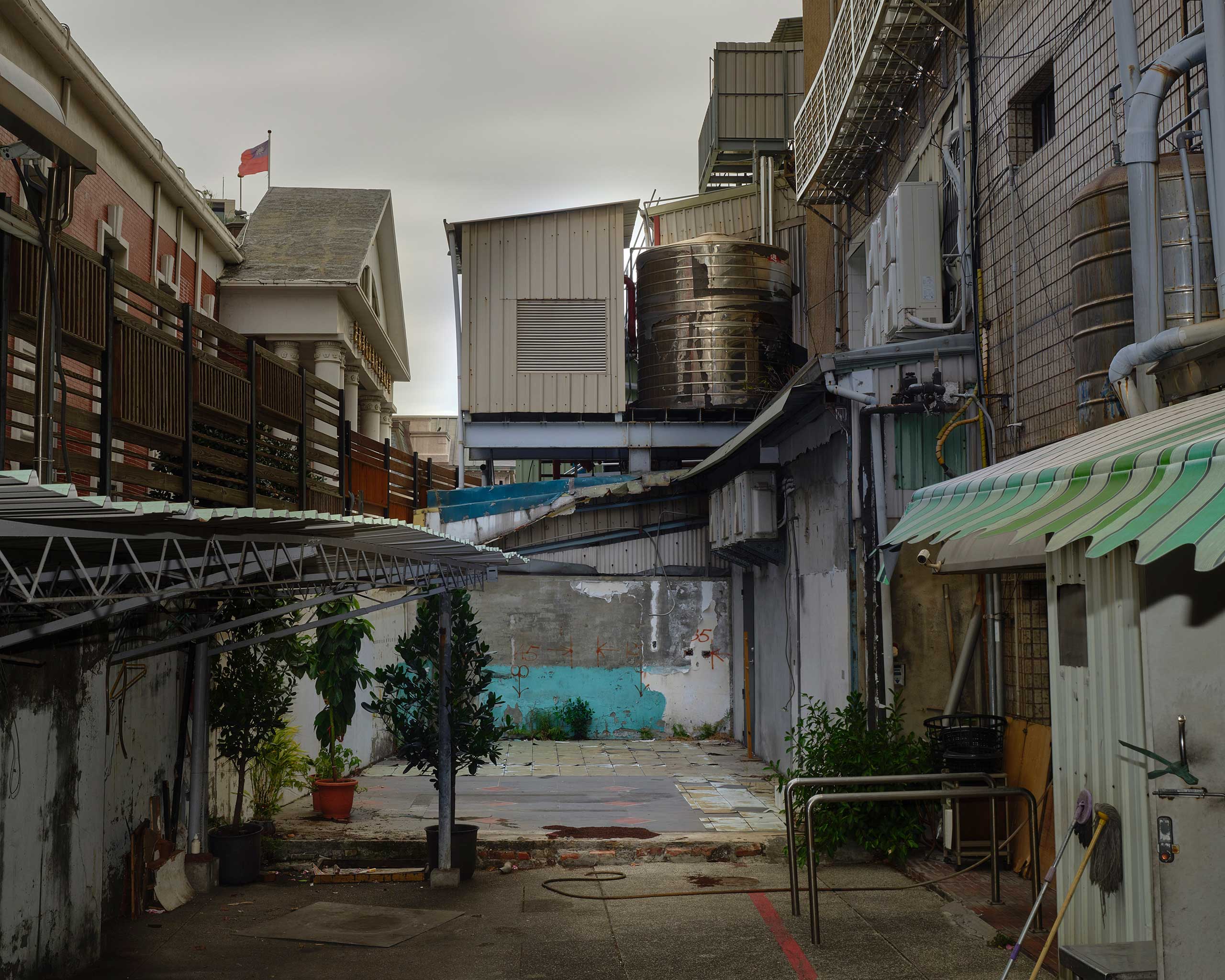
Fu An Keng Creek
Judicial Museum (Former Tainan District Court), West Central Dist., 2024, CHEN Yan-cheng
